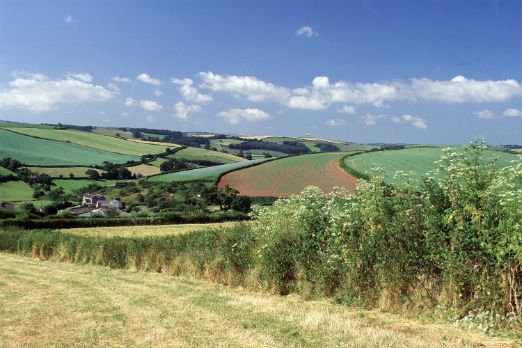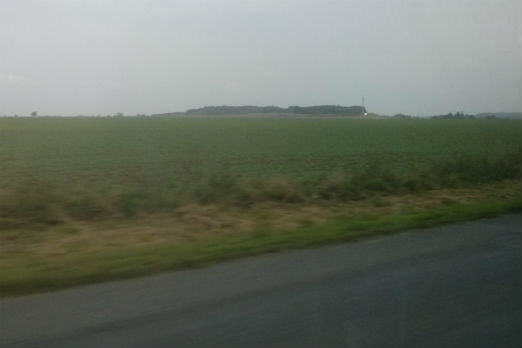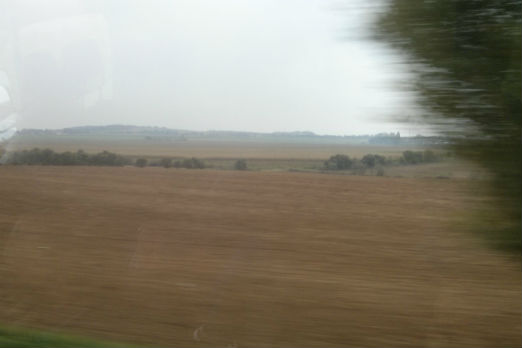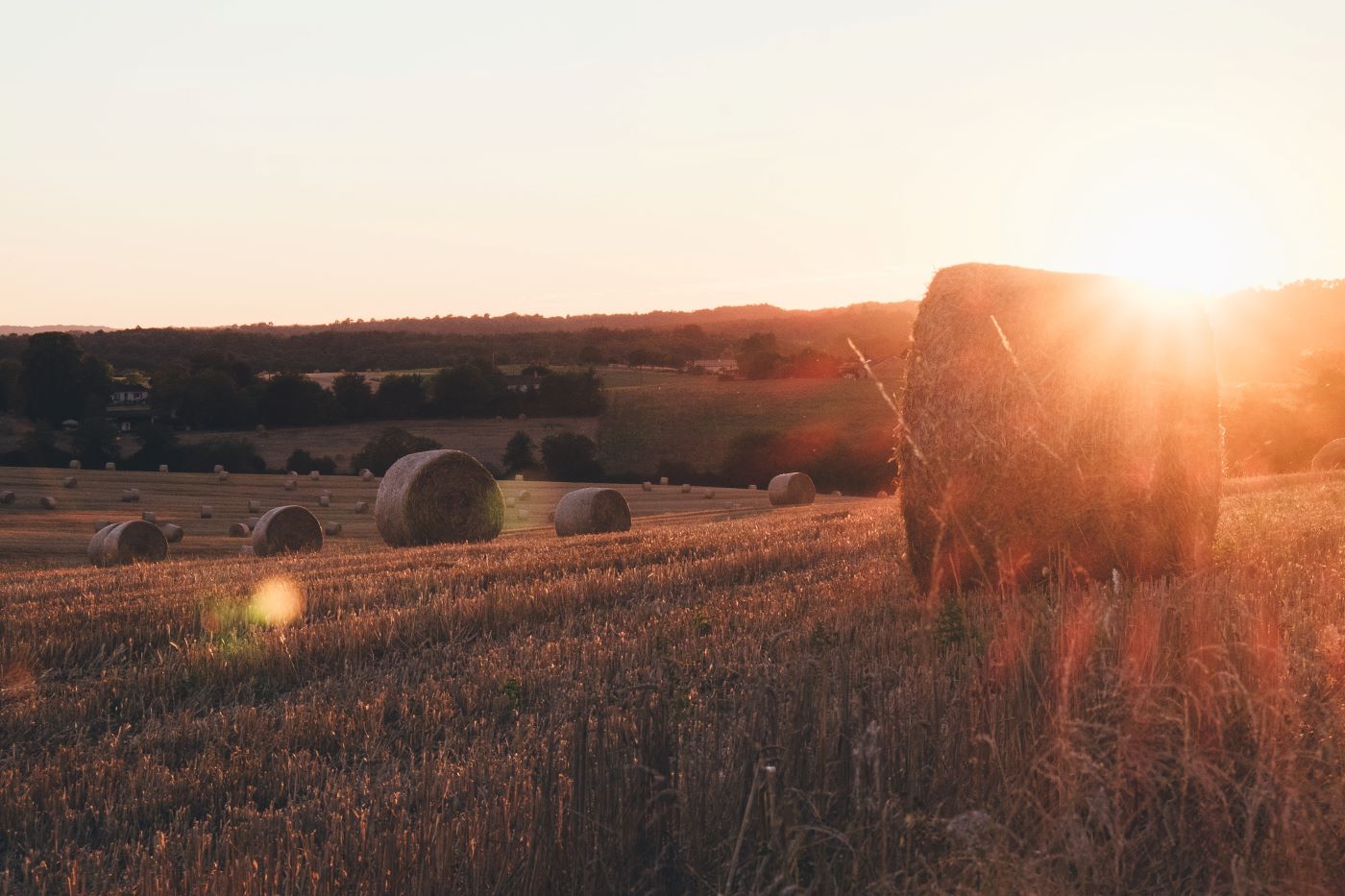A few weeks ago I went to visit Prague for the weekend. It is a city full of historic buildings, many of which are art nouveau style - inspired by the natural environment. So I had high hopes for the Czech countryside that I would see on a coach trip to the town of Kutna Hora.
Hope for England’s hedgerows?
 Photo: © CPRE
Photo: © CPRE
Once you get out of the city and suburbs  you are greeted with wide open fields, with occasional trees breaking up the landscape – but what was missing? Why did all the fields just merge into a great big nothingness? I had not seen a single hedgerow. Maybe it isn’t part of the historical landscape in this part of the world, or maybe it isn’t how farmers manage the land. I concluded that there must be more to it so I decided to do some research into the history of hedgerows in the Czech Republic and their conservation.
you are greeted with wide open fields, with occasional trees breaking up the landscape – but what was missing? Why did all the fields just merge into a great big nothingness? I had not seen a single hedgerow. Maybe it isn’t part of the historical landscape in this part of the world, or maybe it isn’t how farmers manage the land. I concluded that there must be more to it so I decided to do some research into the history of hedgerows in the Czech Republic and their conservation.
 View of the Czech Republic landscape from the coach windowPhoto: © Emma Marrington
View of the Czech Republic landscape from the coach windowPhoto: © Emma Marrington
It turns out that there were once plenty of hedgerow-defined field patterns - called Pluzinas - which date back to the Middle Ages. The 20th century saw major changes in the use of Czech land and its general form and function, the first of which was land reform (1918–1934), during which large estates of the nobility were confiscated and sold to small farmers. In 1948, when Communist rule began, agricultural properties were confiscated and farmers were forced to join the agricultural co-ops or face jail. The Czech landscape changed – hedgerows were ripped out so that farmers would no longer recognise their former fields. As if that wasn’t dramatic enough, a second wave of landscape change happened in the 1970s with the introduction of enormous state farms - causing the scattered greenery to disappear and the largest outburst of soil erosion since the last ice age. The barren landscapes I had seen from the coach window now made sense.
 View of the Czech Republic landscape from the coach windowPhoto: © Emma Marrington
View of the Czech Republic landscape from the coach windowPhoto: © Emma Marrington
We’re very lucky in England to have such an extensive network of hedgerows in our countryside – and to not have suffered the same obliteration of landscape character as the Czech’s. Between 1870 and 1945 there was very little change in the extent of hedges in England. Aerial photographs from 1940 show an almost complete network of hedges across much of the country, even in arable areas. But it hasn’t been plain sailing - between 1950 and 1975, the loss of hedges became, for many people, the most familiar and visible aspect of damage to the English countryside. We have lost more than 200,000 miles of hedgerow since 1947 owing to changes in farming methods, roads and development. Even hedgerows that are deemed ‘important’ under the Government’s Hedgerows Regulations can be removed because planning permission for development overrides their protection.
So why should we care about hedgerows? In an age of increasing uniformity, hedgerows make an important contribution to local distinctiveness – giving a real sense of place and continuity with generations past, present and future. Hedgerows are the most widespread semi-natural habitat in England and are particularly important to wildlife – for example, the rare hazel dormice relies on hedgerows, as do many farmland birds . They also quietly help their local environment; preventing fields from losing soil, because they reduce wind and water erosion – and they regulate water supply for crops. In towns and cities hedgerows provide sustainable drainage, reduce the amount of air pollution and provide a habitat for urban wildlife. Hedgerows also play a role in reducing the rate of climate change. It’s astounding that each kilometre of a new hedgerow may store 600-800 kg of carbon dioxide equivalent per year, for up to 20 years!
I think it’s more important than ever that hedgerows are valued for their role in England’s landscapes. I can’t imagine how awful it must have been for the people of the Czech Republic to see their landscape change so much and be powerless to stop it. Even though we have legal protection for many countryside hedgerows, I’ve had many people contact me over the years to say they are concerned about a local hedgerow that’s under threat. Surely it’s about time that the Hedgerows Regulations are improved so that councils can at least have the discretion to protect hedges that are important to locally.
CPRE will be seeking opportunities next year to get improvements to hedgerow protection so I’d like to hear what makes the hedgerows in your area special and what the threats to them are? What would you like to see us doing to improve the future for England’s hedgerows?
Find out more
Find out more about why we want better protection for hedgerows
Visit the Hedgelink website for more information on wildlife and hedgerows and the importance of hedges and hedgerows
Read more detailed information about hedgerow-defined field patterns in the Czech Republic in the Centre for Landscape's Journal of Landscape Studies



